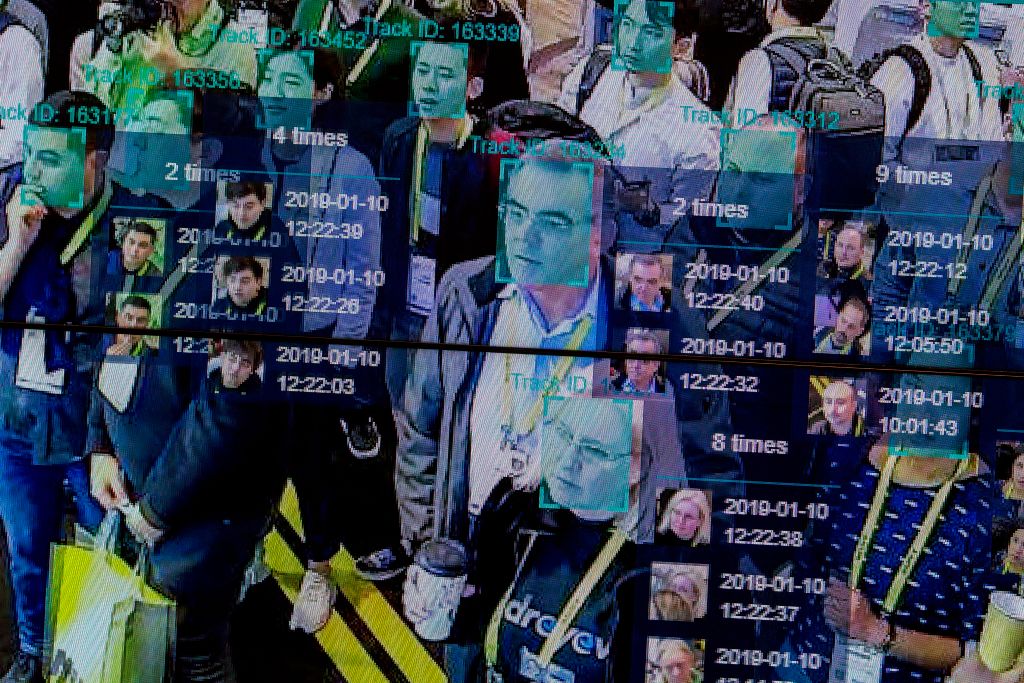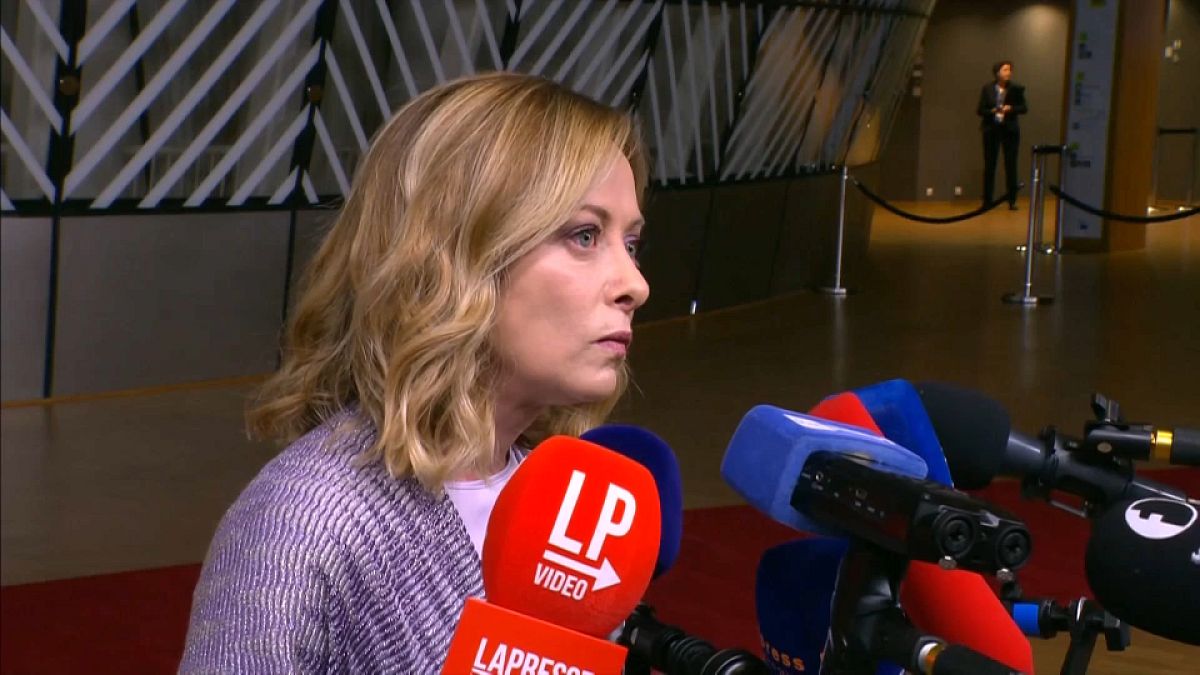New York
Did You Know About the 16-Foot Trump Tower Clock? Neither Did the City.

Every year, New York City’s Department of Transportation collects tens of millions of dollars from property owners in return for permission to place street furniture on, over or under city sidewalks. This includes, but is not limited to, signs, filigreed lampposts, benches, bollards, planters, permanent trash receptacles, delivery ramps, underground vaults and just about anything else imaginable, including ornamental clocks.
Set smack on the sidewalk at 725 Fifth Avenue is just such a clock: 16 feet tall and made of aluminum with gold and black accents, it has four faces. Each bears the surname of its owner, Donald J. Trump.
It was installed without permission more than a dozen years ago. No permit was applied for. No permission was granted. Belatedly, the City of New York would like to be paid for allowing the Trump Tower clock to occupy part of a public sidewalk.
The fee for what is called revocable consent — temporary permission that can be revoked after 10 years and is subject to renewal — varies widely.
Take, for example, the old Commodore Hotel, which adjoins Grand Central Terminal and which Mr. Trump renovated into the Grand Hyatt and reopened in 1980 with a 50-year property-tax abatement. Because its mezzanine-level restaurant protrudes over the sidewalk on East 42nd Street, the city has billed the owners around $300,000 every year.
A 10-year permit for a stand-alone sidewalk clock, like the one at Trump Tower, though, typically costs only $300 annually.
With so many sidewalks, of course, it’s not surprising that some structures on city property fall through the bureaucratic cracks.
“There are 12,000 miles of sidewalk across New York City,” Scott Gastel, a spokesman for the Transportation Department, said.
He pointed out that the department’s office of cityscape and franchises is a small unit addressing public space for all five boroughs. “Structures do appear without our knowledge,” he said. “We have approximately 1,100 active revocable consents, so many property owners do follow the rules.”
The city never bothered the Trump Organization about the clock until early 2015, after The New York Times inquired about it while researching an article on street furniture. The Transportation Department was caught unawares. The Trump Organization was defiant.
“Let them prove we owe anything,” thundered Michael Cohen, Mr. Trump’s lawyer at the time.
In May 2015, the city finally ordered Mr. Trump’s company to remove the clock within 30 days. The following October, the company’s engineers applied for a permit.
Give-and-take negotiations followed between the cityscape and franchises unit and the landlord’s engineers over whether the clock needed to be relocated because it was too close to the building’s entrance. Also at issue was the placement of 20 concrete planters that bordered the building along Fifth Avenue and East 56th Street.
The Trump engineer submitted a revised permit application in January 2016, but documents released by the Transportation Department don’t indicate whether it was ever approved.
Ultimately, once Mr. Trump became the Republican nominee and was elected, security concerns apparently intruded. City government sources hinted that those concerns had superseded any decision on the permit. The illegal ornamental clock was granted a stay. When Mr. Trump left office in January 2021, the clock remained.
Last November, The Times filed a Freedom of Information Act request with the city for any communications related to the clock. The response, received at the end of May, revealed only a few inconclusive letters about the 2015 permit application.
On July 19, the Transportation Department again sent a letter to the Trump Organization reminding of its previous 2015 notification regarding unauthorized structures at 725 Fifth Avenue.
“Although your company contacted DOT to begin the revocable consent process at that time, you never completed it,” the letter said. “As such, these structures continue to be encroachments on the public right of way and are subject to enforcement.”
The letter warned that the property owner must either remove the clock and planters within 30 days or face a lien on its property.
Alternatively, the company could apply again for a permit and complete the process by July 19, 2024 (one day after the Republican National Convention, at which Mr. Trump hopes to be nominated, perhaps prompting the same security concerns that postponed the enforcement process seven years ago).
Based on a fee of $300 per month for such a clock, one might estimate the amount overdue (minus any penalties or interest) at around $3,600. But apparently the city is not in a position to demand payment retroactively on a permit that was never applied for or issued.
“The clock has been a hallmark of Trump Tower for nearly 20 years,” Kimberly Benza, a spokeswoman for the Trump Organization, said in an email. “We will certainly work in conjunction of the city, to the extent that they are missing any paperwork.”
The ornate clock itself, festooned in gold and proclaiming its location as “Trump Tower,” is hardly at issue (it gets great reviews on TripAdvisor). According to the city, the Trump Organization recently responded to the Transportation Department’s July 19 letter to begin the application process again.
Meanwhile, the clock is ticking.

New York
Transcript of Trump Manhattan Trial, May 30, 2024

-
Jury Deliberation Re-charge
SUPREME COURT OF THE STATE OF NEW YORK
COUNTY OF NEW YORK CRIMINAL TERM
-
-
PART: 59
Χ
THE PEOPLE OF THE STATE OF NEW YORK,
-against-
DONALD J. TRUMP,
DEFENDANT.
BEFORE:
Indict. No.
71543-2023
CHARGE
4909
FALSIFYING BUSINESS
RECORDS 1ST DEGREE
JURY TRIAL
100 Centre Street
New York, New York 10013
May 30, 2024
HONORABLE JUAN M. MERCHAN
JUSTICE OF THE SUPREME COURT
APPEARANCES:
FOR THE PEOPLE:
ALVIN BRAGG, JR., ESQ.
DISTRICT ATTORNEY, NEW YORK COUNTY
One Hogan Place
New York, New York 10013
BY:
JOSHUA STEINGLASS, ESQ.
MATTHEW COLANGELO,
ESQ.
SUSAN HOFFINGER, ESQ.
CHRISTOPHER CONROY, ESQ.
BECKY MANGOLD, ESQ.
KATHERINE ELLIS, ESQ.
Assistant District Attorneys
BLANCHE LAW
BY:
TODD BLANCHE, ESQ.
EMIL BOVE, ESQ.
KENDRA WHARTON, ESQ.
NECHELES LAW, LLP
BY: SUSAN NECHELES, ESQ.
GEDALIA STERN, ESQ.
Attorneys for the Defendant
SUSAN PEARCE-BATES, RPR, CSR, RSA
Principal Court Reporter
LAURIE EISENBERG, RPR, CSR
LISA KRAMSKY
THERESA MAGNICCARI
Senior Court Reporters
Susan Pearce-Bates, RPR, CCR, RSA
Principal Court Reporter
New York
Transcript of Trump Manhattan Trial, May 29, 2024

SUPREME COURT OF THE STATE OF NEW YORK
COUNTY OF NEW YORK CRIMINAL TERM
-
THE PEOPLE OF THE STATE OF NEW YORK,
PART: 59
Indict. No.
71543-2023
CHARGE
-against-
DONALD J. TRUMP,
DEFENDANT.
BEFORE:
4815
FALSIFYING BUSINESS
RECORDS 1ST DEGREE
JURY TRIAL
X
100 Centre Street
New York, New York 10013
May 29, 2024
HONORABLE JUAN M. MERCHAN
JUSTICE OF THE SUPREME COURT
APPEARANCES:
FOR THE
PEOPLE:
ALVIN BRAGG, JR.,
ESQ.
DISTRICT ATTORNEY, NEW YORK COUNTY
One Hogan Place
New York, New York 10013
BY:
JOSHUA STEINGLASS, ESQ.
MATTHEW COLANGELO,
ESQ.
SUSAN HOFFINGER, ESQ.
CHRISTOPHER CONROY, ESQ.
BECKY MANGOLD, ESQ.
KATHERINE ELLIS, ESQ.
Assistant District Attorneys
BLANCHE LAW
BY:
TODD BLANCHE, ESQ.
EMIL BOVE, ESQ.
KENDRA WHARTON, ESQ.
NECHELES LAW, LLP
BY: SUSAN NECHELES, ESQ.
Attorneys for the Defendant
SUSAN PEARCE-BATES, RPR, CSR, RSA
Principal Court Reporter
LAURIE EISENBERG, RPR, CSR
LISA KRAMSKY
THERESA MAGNICCARI
Senior Court Reporters
Susan Pearce-Bates,
RPR, CCR, RSA
Principal Court Reporter
New York
Critics Fault ‘Aggressive’ N.Y.P.D. Response to Pro-Palestinian Rally

Violent confrontations at a pro-Palestinian rally in Bay Ridge, Brooklyn, on Saturday reflected what some local officials and protest organizers called an unexpectedly aggressive Police Department response, with officers flooding the neighborhood and using force against protesters.
At the rally, which drew hundreds of demonstrators, at least two officers wearing the white shirts of commanders were filmed punching three protesters who were prone in the middle of a crosswalk. One officer had pinned a man to the ground and repeatedly punched him in the ribs, a 50-second video clip shows. Another officer punched the left side of a man’s face as he held his head to the asphalt.
The police arrested around 40 people who were “unlawfully blocking roadways,” Kaz Daughtry, the department’s deputy commissioner of operations, said on social media on Sunday.
Mr. Daughtry shared drone footage of one person who climbed on a city bus, “putting himself and others in danger.” The Police Department, he wrote, “proudly protects everyone’s right to protest, but lawlessness will never be tolerated.”
Neither Mr. Daughtry nor the police commented on the use of force by officers. A spokeswoman for Mayor Eric Adams did not immediately respond to a request for comment about the police response. The Police Department’s patrol guide states that officers must use “only the reasonable force necessary to gain control or custody of a subject.”
Bay Ridge has a significant Arab American population and hosts demonstrations in mid-May every year to commemorate what Palestinians call the Nakba, or “catastrophe” — when hundreds of thousands of Palestinians fled or were forced from their homes during the war that led to Israel’s founding in 1948.
Andrew Gounardes, a state senator and a Democrat who represents the area, said local politicians had been in touch with the commanding officer of the 68th police precinct before the preplanned protest and said there had been no indication that there would be such a heavy police response. He called the videos he saw of the events “deeply concerning.”
“It certainly seems like the police came ready for a much more aggressive and a much more confrontational demonstration than perhaps they had gotten,” he added.
Justin Brannan, a Democrat who is the city councilman for the area, said the protest was smaller than last year’s but that officers had come from all over the city to police it. He said their approach appeared to be directed by 1 Police Plaza, the department headquarters in Manhattan.
“These were not our local cops. Clearly, there was a zero-tolerance edict sent down from 1PP, which escalated everything and made it worse,” Mr. Brannan said.
“I’m still waiting on information and details about the arrests that were made,” he added, “but from my vantage point, the response appeared pre-emptive, retaliatory and cumulatively aggressive.”
The Republican state assemblyman whose district includes parts of Bay Ridge, Alec Brook-Krasny, had a different perspective. He said an investigation would determine whether the officers’ actions were warranted, but he said some protesters were “breaking the law” by refusing to clear the street.
“I think that those bad apples are really hurting the ability of the other people to express their opinions,” Mr. Brook-Krasny said.
Some local residents supported the police and said they were tired of the protests’ disruptive impact. “Enough is enough,” said Peter Cheris, 52, a 40-year resident of Bay Ridge, who said he had viewed the videos of the protest. “If you’re going to break the law, you deserve it,” he said.
Donna Lieberman, the executive director of the New York Civil Liberties Union, singled out the presence of the Police Department’s Strategic Response Group, a unit that is sometimes deployed to protests and has been the subject of several lawsuits brought by the civil liberties union and other groups.
The police unit’s handling of the demonstration “was a violation of New Yorkers’ right to speak out and risks chilling political expression,” Ms. Lieberman said in a statement. “N.Y.C.L.U. protest monitors witnessed violent arrests, protester injuries, and even arrests of credentialed members of the press.”
She added: “The continual pattern of N.Y.P.D. aggression against pro-Palestine demonstrators raises important questions about the city’s disparate treatment of speakers based on their message.”
Abdullah Akl, an organizer with Within Our Lifetime, the pro-Palestinian group that organized the protests, said the response took organizers aback, particularly for a demonstration that occurs every year in Bay Ridge and is known to be frequented by families with children.
“It was really an unusual and unprecedented response,” Mr. Akl said.
He said he witnessed two men being pushed to the ground. One of them can be seen in a video with blood streaming down the side of his face. Nerdeen Kiswani, chair of Within Our Lifetime, said three protesters — including the two who can be seen being punched — were treated for their injuries at hospitals.
The Police Department has arrested hundreds of demonstrators since street protests began shortly after the Hamas attack on Israel on Oct. 7 and Israel’s subsequent invasion of Gaza. The protests have been largely peaceful, with few injuries or violent clashes.
In a turning point, on April 30 officers cleared Hamilton Hall at Columbia University, which had been occupied by protesters for 17 hours. Many officers showed restraint during the arrests, though a handful were filmed pushing and dragging students as they removed them from the building.
On Sunday, Ms. Lieberman said police response to the protests in Bay Ridge underscored the importance of implementing the terms of a $512,000 settlement the civil liberties union and the Legal Aid Society reached with the city this month. The settlement set new terms for how the Police Department manages protests, creating a tiered system that dictates how many officers can be sent to demonstrations and limits the use of the Strategic Response Group. It will take years to put into practice.
The settlement is one of several that stemmed from the George Floyd racial justice protests in 2020. Last year, the city agreed to pay $13.7 million to settle a class-action lawsuit that claimed unlawful police tactics had violated the rights of demonstrators in Manhattan and Brooklyn. In March, the city agreed to pay $21,500 to each of roughly 300 people who attended another Black Lives Matter protest in 2020 in the Bronx. Those people were penned in by the police, then charged at or beaten with batons, according to a legal settlement.
Andy Newman and Camille Baker contributed reporting.
-

 News1 week ago
News1 week agoTracking a Single Day at the National Domestic Violence Hotline
-

 Fitness1 week ago
Fitness1 week agoWhat's the Least Amount of Exercise I Can Get Away With?
-

 News1 week ago
News1 week agoSupreme Court upholds law barring domestic abusers from owning guns in major Second Amendment ruling | CNN Politics
-

 Politics1 week ago
Politics1 week agoTrump classified docs judge to weigh alleged 'unlawful' appointment of Special Counsel Jack Smith
-

 Politics1 week ago
Politics1 week agoSupreme Court upholds federal gun ban for those under domestic violence restraining orders
-

 World5 days ago
World5 days agoIsrael accepts bilateral meeting with EU, but with conditions
-

 Politics1 week ago
Politics1 week agoTrump VP hopeful proves he can tap into billionaire GOP donors
-

 World1 week ago
World1 week agoInfluencers and politicians – meet the most connected lawmakers















